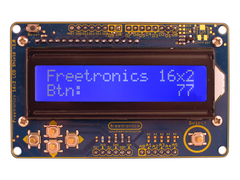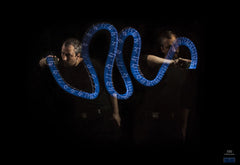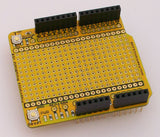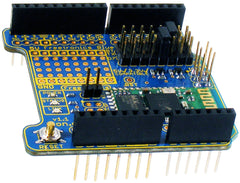The Arduino platform is great for woking with a wide variety of sensors, and one example is sound. With this in mind, Instructables member TechKiwi has created and demonstrated a fun device to show the direction of the louded sound in an area.
The device consists of an Arduino connected to three Freetronics MIC: sound sensor modules, and uses a home-made LED matrix as an output device. They've added a neat "Pac Man"-style design to the top of the display which then shows a little monster moving about to show where the sound is coming from - as shown in the following video:
This could also be the base for a intersting interactive game, for example controllong the character on the display by finding noise (or being quiet!). Either way, check out the project's Instructable page for complete details. And for more, we're on facebook, Google+, and twitter - so follow us for news and product updates as well.
To experiment with audio sampling yourself you can make an easy start with a simple electret microphone board, and our Freetronics MIC: microphone and sound module is perfect.























